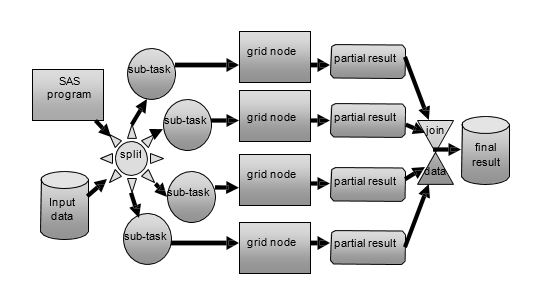
In trying to offer better support to SAS users, many customers’ IT departments are looking to consolidate all their SAS desktop users onto a centralized Windows, UNIX or Linux server. This option is a very practical strategy, but implementing it satisfactorily requires a lot of assessment on how the SAS


